The use of drones by law enforcement often evokes fears of constant surveillance, yet much of what emergency responders actually use drones for may instead save your life. There are currently 910 local, state and national agencies across the United States using drones to assist in their work. Ranging from search and rescue to car accident scene simulation, drones are greatly increasing the efficiency of a number of law enforcement agency tasks.
Faster search and rescue
Search and rescue missions require significant manpower and resources in order to cover large areas in as little time as possible. With drones examining the ground from above with high-definition video and thermal imaging, the time it takes to locate and rescue a missing person is greatly reduced. In Boston, Lincolnshire, a coastal town in the UK, police forces used drones to locate a rape victim and her attacker, as well as an elderly man with dementia who had wandered off. Using the thermal sensing capabilities of their drones, both situations were resolved safely, and likely much quicker than otherwise possible. Along with making timely rescues, drones can augment police forces in safer searches for fleeing criminals.
Crime prevention and simulation
In the city of Ensenada, Mexico, the local police department has claimed that the purchase of one single drone led to more than 500 arrests, a 10 percent decrease in overall crime and a 30 percent decrease in home robberies. This drone made 25 trips per day on average, covering areas with the highest density of 911 calls. The decreased response times and assistance in catching criminals is suggested to have dissuaded criminal activities within the city.
The ability for drones to survey a large area quickly has led to the development of 3D simulations for investigating the scenes of accidents and crimes. For instance, investigators in Morton, Illinois have deployed drones to create models of car accident scenes to more accurately determine their causes. In August 2018, these officers simulated the point of view of a fatal multivehicle collision to determine who should be held accountable, noting the detail and quality of the process compared to human reconstruction. Graduate students at Oklahoma State University have collaborated with local police investigators to test the same technology in recreating outdoor crime scenes. Not only has this been proven to save time, but also opened the opportunity to view these situations from previously inaccessible angles.
Disaster readiness and response
Another application of drones’ rapid surveying ability involves the aftermath of natural disasters. In the days following Hurricane Harvey’s impact on Houston in 2017, drones performed many crucial tasks to evaluate the damage, from surveying flooded neighborhoods to identifying where and how to ration resources. The drones played an important role in developing the best initial response as well as determining when impacted areas were safe to reenter. This same technology can also be enlisted to track forest fires and review the aftermath of other natural disasters such as earthquakes.
Preemptive 3D mapping has also been used in crowded areas like malls and schools. By having these resources on hand, first responders can familiarize themselves with the landscape before arriving on scene to an emergency like a fire or an active shooter incident. These “orthomosaic maps” can prepare law enforcement to act in the most effective way as quick as possible.
Emergency services across the country could benefit from implementing these same programs. Not only does it make the work of first responders quicker and safer, but the public receives much better response services, saving lives on both ends. Investing in the drone technology is worth the financial cost through the many applications that just one drone can provide. Expanding drone use to more emergency response agencies across the country can be vital to saving lives and better serving citizens.
Julia Slisz contributed to this blog post.
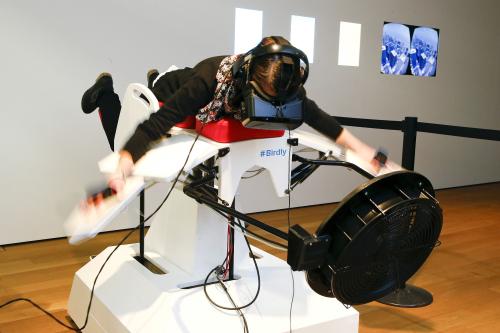
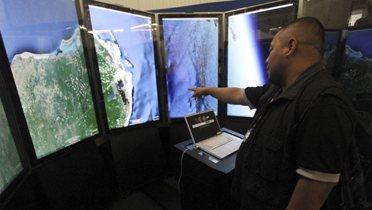
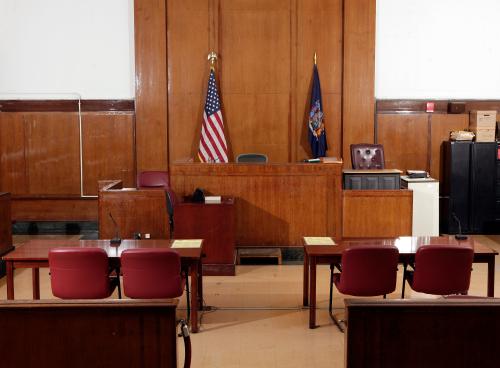
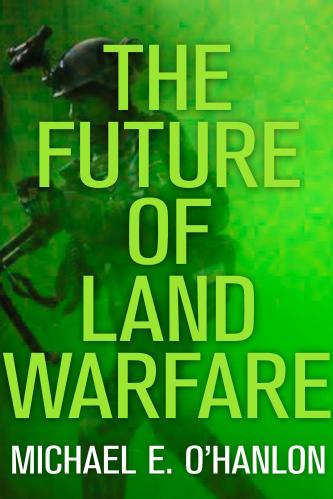
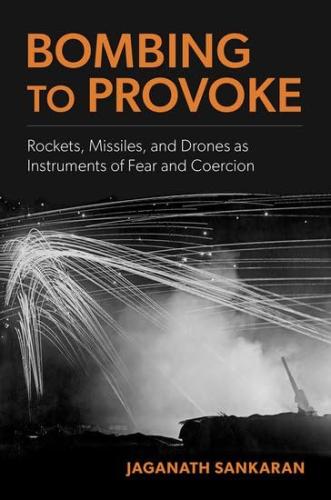
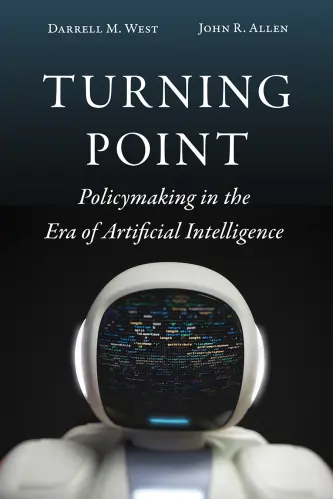




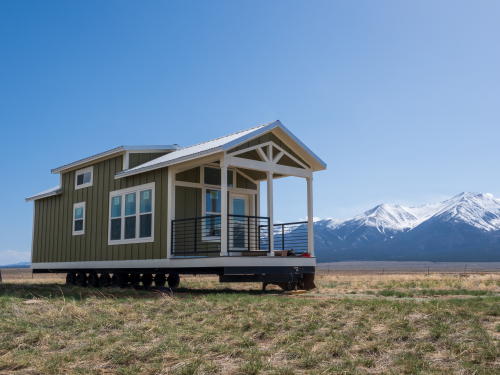
Commentary
How emergency responders are using drones to save lives
December 4, 2018